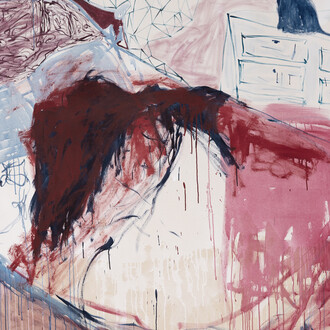The Museum’s collection of medieval and Renaissance manuscripts is unrivalled in public museums. It spans the period from the ninth to the sixteenth century and represents all major schools of European illumination. The vast majority of medieval painting was created on the pages of illuminated manuscripts. Less exposed to the elements and protected between solid covers, manuscripts preserve their original pigments fresh and largely untainted by later treatment or neglect.
They are the richest source of information on all aspects of contemporary life, and double as portable galleries of paintings, the most representative of all surviving media of medieval and early Renaissance art. Viscount Fitzwilliam’s bequest, together with subsequent bequests and donations, notably the over 200 manuscripts left by Frank McClean in 1904, laid the foundations on which the collection continues to grow.
The manuscript collection also includes examples of the renewed interest in calligraphy and illumination in modern days, starting with the Gothic Revival and Arts and Crafts Movement, and extending to the present day. Nineteenth- and early-twentieth-century masterpieces by William Morris, Graily Hewitt and Florence Kate Kingsford, acquired by the enterprising Sydney Cockerell, were joined by the Museum’s newly-formed collection of contemporary calligraphy. Assembled at the initiative of Patricia Lovett, a world-renowned doyen of calligraphy, the latter represents the finest examples of lettering created by calligraphers in the UK and overseas between the 1960s and the early 2000s.
















